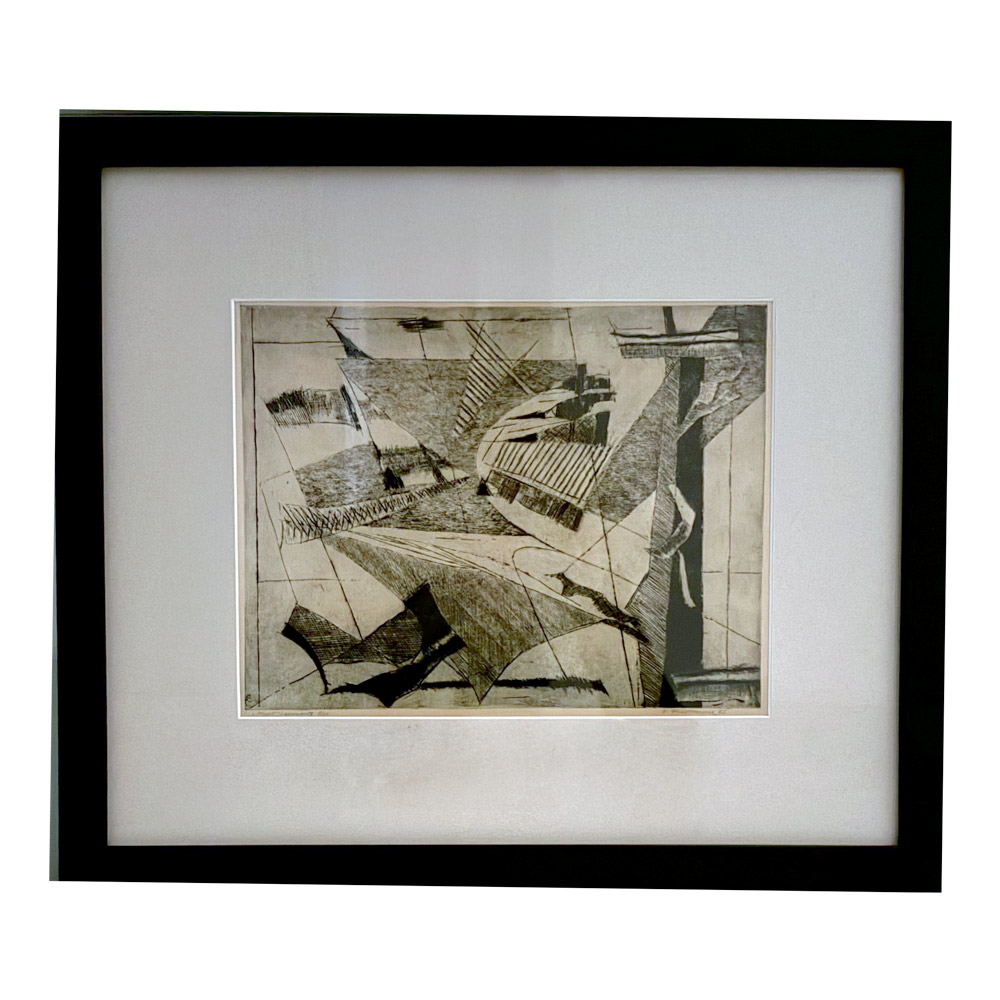Additional information
| Weight | 2 lbs |
|---|---|
| Dimensions | 17 × 14 × 1 in |
Aleksander Sołtan
Bargers | Krypy, lithograph | litografia, 1935 (copy) – 17 X 14
Auction Ended
Item condition: New
| Weight | 2 lbs |
|---|---|
| Dimensions | 17 × 14 × 1 in |
Auction has finished
Auction failed because there were no bids| May 1, 2024 12:00 am | Auction started | ||
Sail on Lake Michigan
Embark on a breathtaking adventure with this exclusive opportunity to sail on the majestic waters of Lake Michigan. Picture yourself aboard a luxurious sailboat, gliding gracefully across the shimmering surface of one of North America’s Great Lakes. Feel the gentle breeze caress your skin as you bask in the beauty of the surrounding landscape. This auction offers the chance to experience the tranquility and serenity of sailing firsthand, accompanied by a seasoned captain and crew who will ensure your safety and comfort throughout the journey. Whether you’re seeking a romantic escapade, a family outing, or simply a peaceful retreat into nature, this sail on Lake Michigan promises an unforgettable experience filled with awe-inspiring vistas and cherished memories. Bid now to seize this extraordinary opportunity and set sail on an adventure of a lifetime.
Sail on Lake Michigan
Embark on a breathtaking adventure with this exclusive opportunity to sail on the majestic waters of Lake Michigan. Picture yourself aboard a luxurious sailboat, gliding gracefully across the shimmering surface of one of North America’s Great Lakes. Feel the gentle breeze caress your skin as you bask in the beauty of the surrounding landscape. This auction offers the chance to experience the tranquility and serenity of sailing firsthand, accompanied by a seasoned captain and crew who will ensure your safety and comfort throughout the journey. Whether you’re seeking a romantic escapade, a family outing, or simply a peaceful retreat into nature, this sail on Lake Michigan promises an unforgettable experience filled with awe-inspiring vistas and cherished memories. Bid now to seize this extraordinary opportunity and set sail on an adventure of a lifetime.
First Mate Hat
The first mate’s hat, also known as the mate’s cap or officer’s cap, is a distinctive piece of headgear often associated with maritime culture and nautical fashion. It is worn by the first mate, who is the second-in-command on a ship, assisting the captain in the management and operation of the vessel.
Similar in style to the captain’s hat, the first mate’s hat typically features a flat-topped, visorless design with a shiny black peak and a gold or silver emblem on the front. The emblem may include symbols representing maritime themes, such as crossed anchors, a ship’s wheel, or other nautical motifs. This emblem often distinguishes the first mate’s hat from other crew members’ headgear.
The first mate plays a crucial role in ensuring the smooth operation of the ship, overseeing various duties such as navigation, crew management, and cargo handling. As such, the first mate’s hat symbolizes authority, responsibility, and leadership within the maritime hierarchy.
In addition to its functional purpose, the first mate’s hat has also become a symbol of maritime tradition and seafaring heritage. It is often worn as part of a uniform by maritime professionals, including officers on commercial ships, naval vessels, and yachts. The hat’s distinctive appearance has also made it a popular accessory in nautical-themed fashion and costume attire.
Overall, the first mate’s hat represents the rich history and traditions of seafaring culture, evoking images of adventure, exploration, and life at sea.
